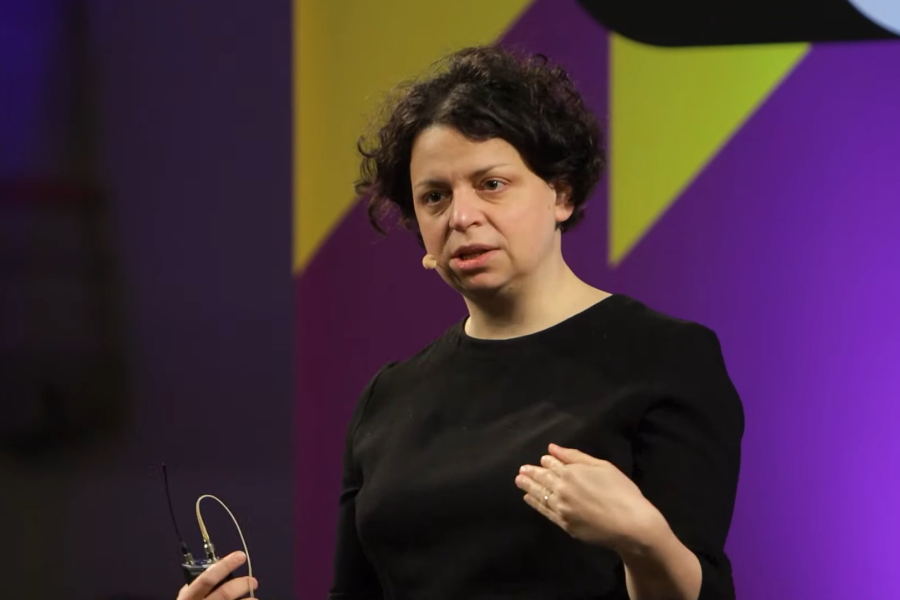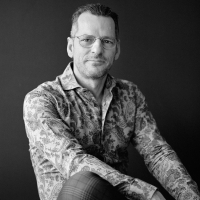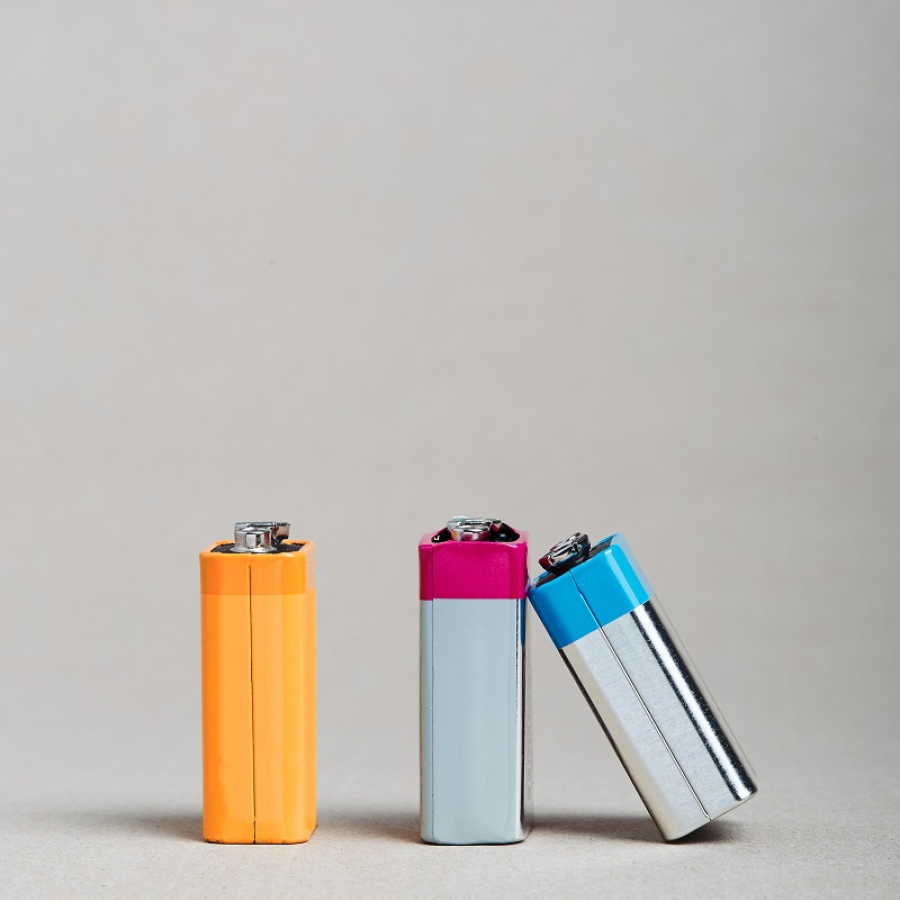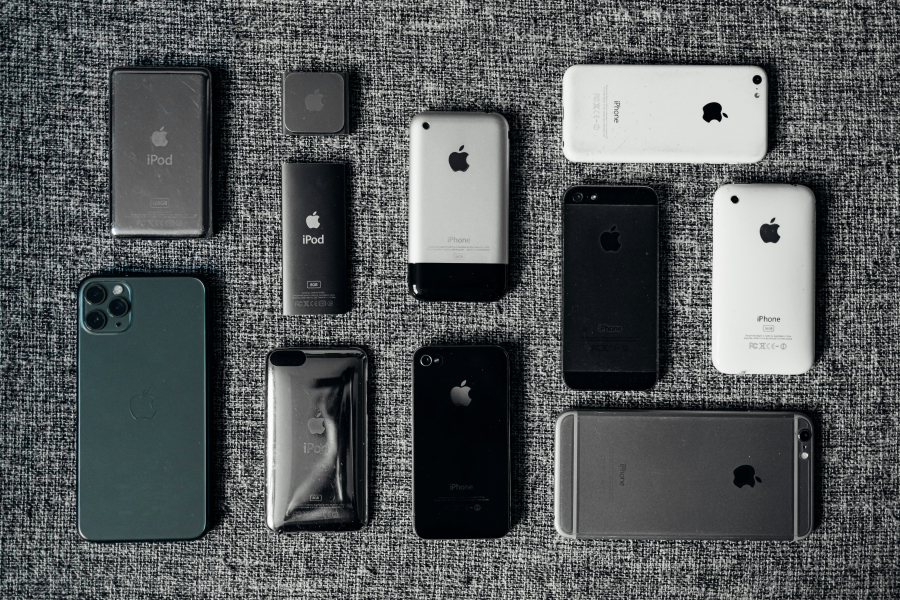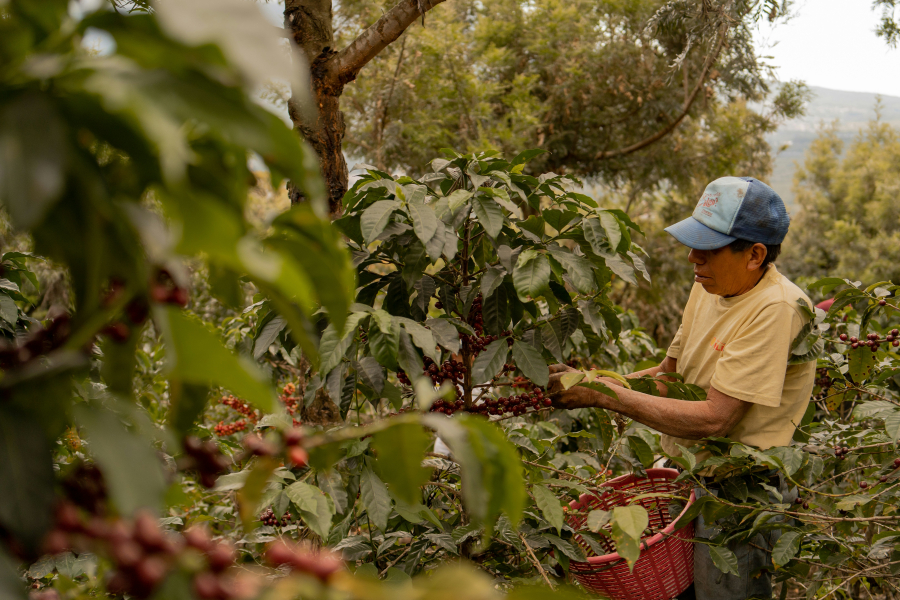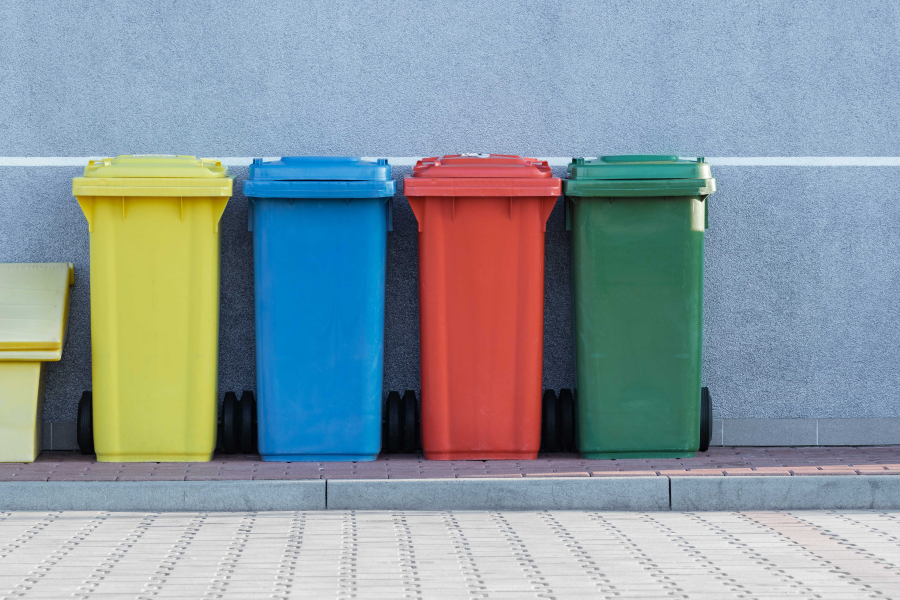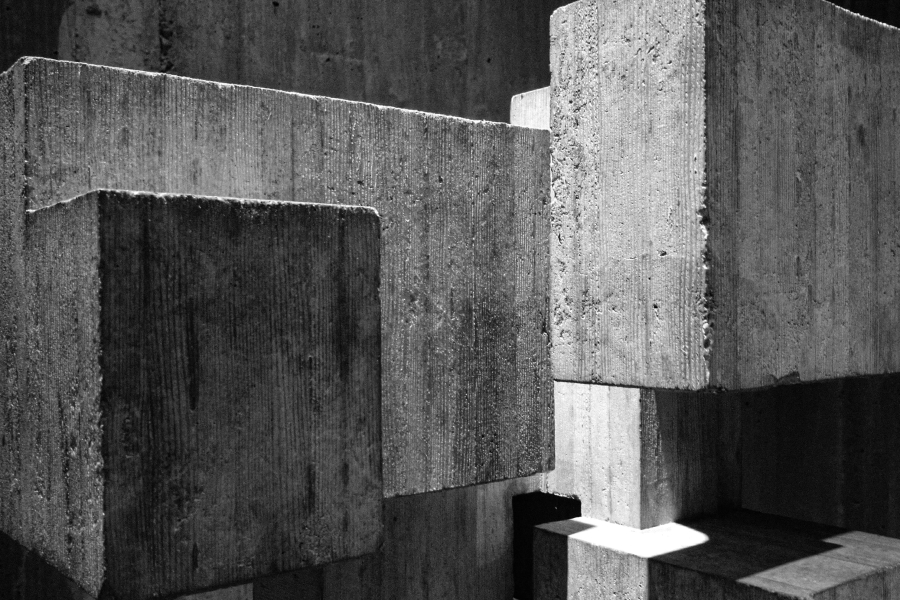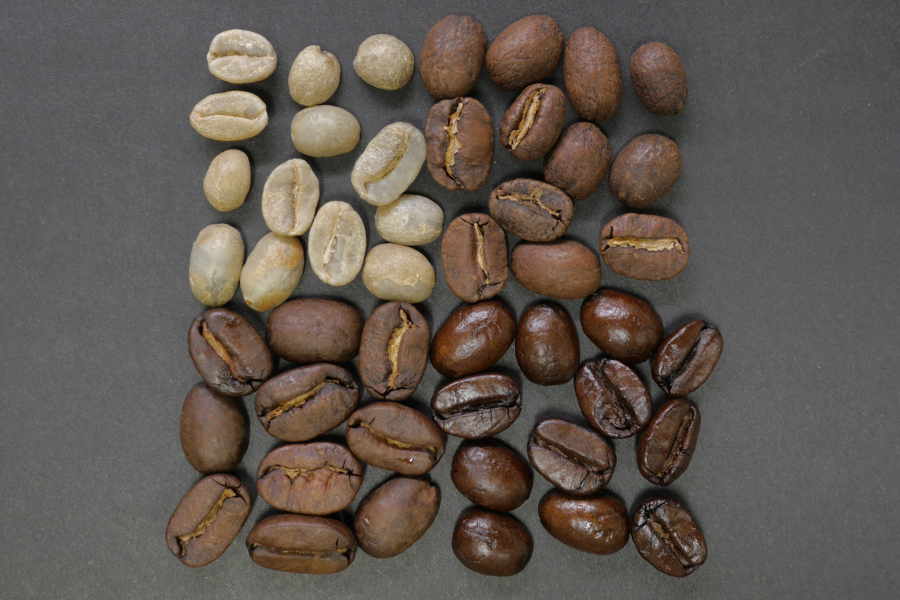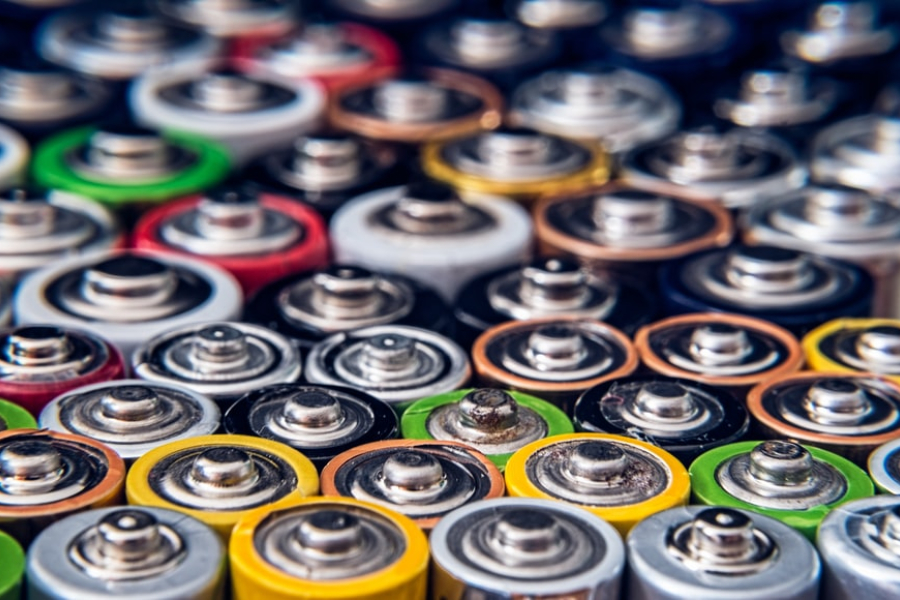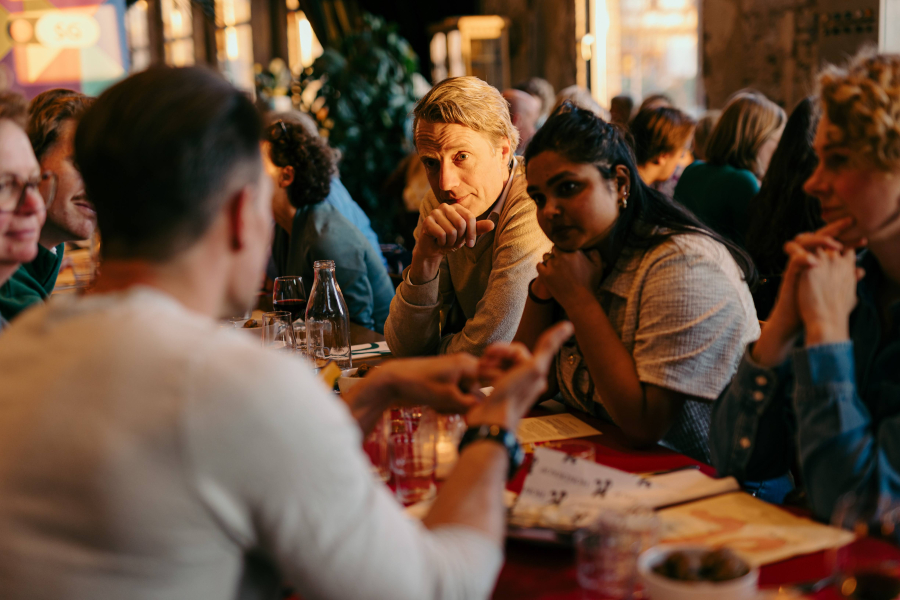The building blocks of our future
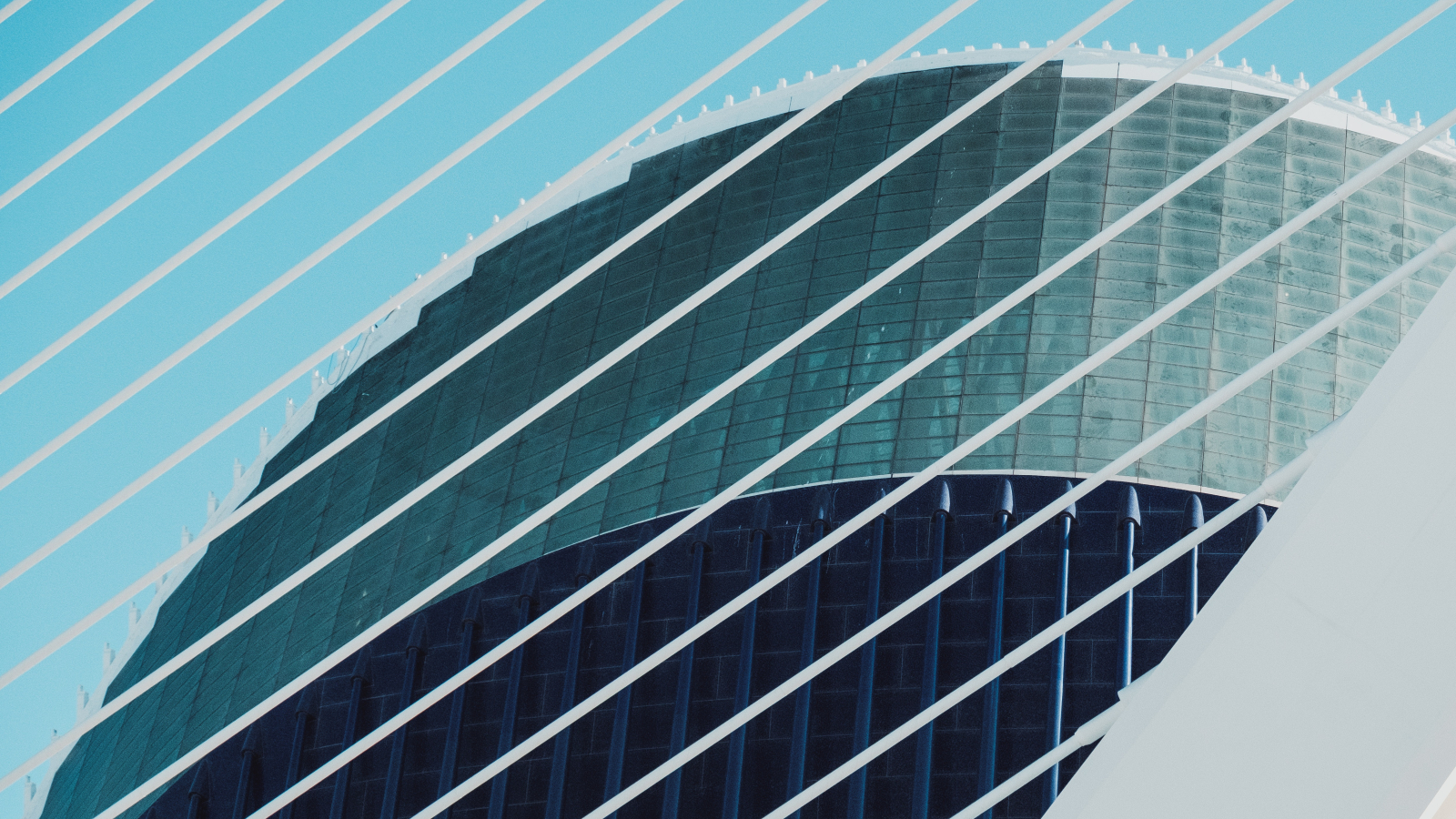
Our world is changing, but our cities are still built for an Earth without climate crisis. We often still use the same polluting materials, and most of our houses are not carbon neutral. During the lecture 'Building a sustainable future' we scrutinized our cities' constructions. How can we adapt our houses and offices to a world at the mercy of climate change? And what innovative new technologies and knowledge can push us to successfully complete this transition?
Smart materials
But first: how do you come up with new ideas and materials that can boost us in our journey to sustainable living? Chemist prof. Nathalie Katsonis (RUG) gets her inspiration from nature. Her aim is to mimic the sophisticated characteristics of plants and animals into artificial materials. Katsonis explains: "Living matter only uses a dozen of elements, which are all recyclable and abundant". These characteristics are therefore the perfect building blocks for smart, energy efficient materials.
For instance, the scarab beetles that live in the desert inspired Katsonis and her team to develop smart windows. The shields of these beetles can reflect sunlight, consequently protecting them from overheating during the days in the scorching heat of the desert. Katsonis developed similar helix-based molecular constructions that can be found in these beetles, by using liquid crystals with light-responsive motors that can reflect infrared lights in the same way. By coating windows with a thin film of this smart material, natural light gets through while the infrared light is blocked. This prevents the inside of the building from getting warmer, just like the beetle protects itself from overheating.

If we want use more sustainable smart materials, a more intensive study of nature is essential. And while Katsonis looks at nature on a microscopic level in search of new technological applications, sustainability scientist prof. Andy van den Dobbelsteen (TU Delft) does research on a bigger scale. He examines how we can build our homes and cities differently, through the use of several new inventions.
What we already have
To build sustainably, it is important to look at what we already have, emphasizes Van Den Dobbelsteen. When you demolish existing buildings and then build something new, you always emit much more CO2 than when you refurbish what is already there. This is even the case when the new building will be very energy efficient. After all, you need new materials when building something new, and meanwhile we throw away all the existing building blocks. In the Netherlands, Van den Dobbelsteen explains, there are for example a lot of tenement flats that are very space-efficient. However, they are often listed for demolition because they're deemed outdated and poorly isolated. He wants to refurbish these buildings and build a "reverse parasite" on top: one or two light-weight floors that make use of the existing construction and are covered in solar panels, so they can provide energy for the whole building.
Furthermore, vacant office buildings could be redesigned for a new aim, such as an apartment building for younger people with smaller budgets. "This generation is used to sharing things", Van den Dobbelsteen emphasizes: "For example a washing machine. If you use it only twice a week, why would you have to have one of your own?" To make it even more sustainable, the interior of these buildings can be modular, bio-based, and easy to disassemble. They can be made in a way in which no glue or screws are needed, making them way more sustainable.
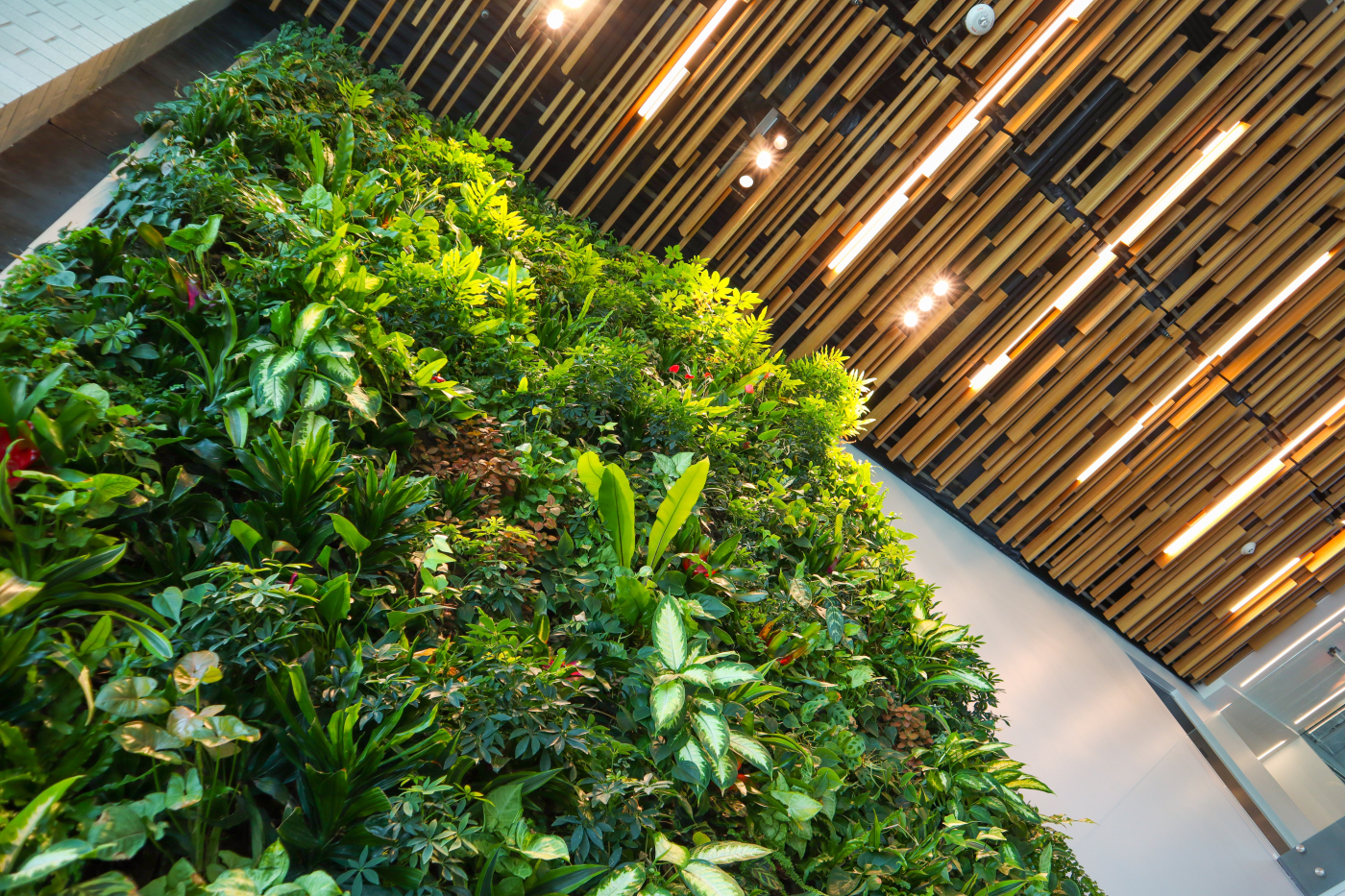
The future
From microscopic lessons from nature to the renovations of big buildings, it is clear that a lot is happening in the field of sustainable building. Looking at the technological innovations, we seem to be ready to apply this to a bigger scale. Then what is holding us back? What is the biggest obstacle in making our buildings more sustainable? Van den Dobbelsteen has a short answer: "people". People are opposing change. This is also the reason why he tries to talk as much as possible with the people involved in his projects: he tries to inform them as much as he can. "We define the future", he says. Katsonis adds: "What you need in order to move forward, also in science, is humans. Because humans are the core of everything, we have to think differently." Your discipline or your point of view does not matter here, because you can work on sustainable changes from a lot of different areas. "Where there's a will, there's a way. Look into your heart what motivates you."

